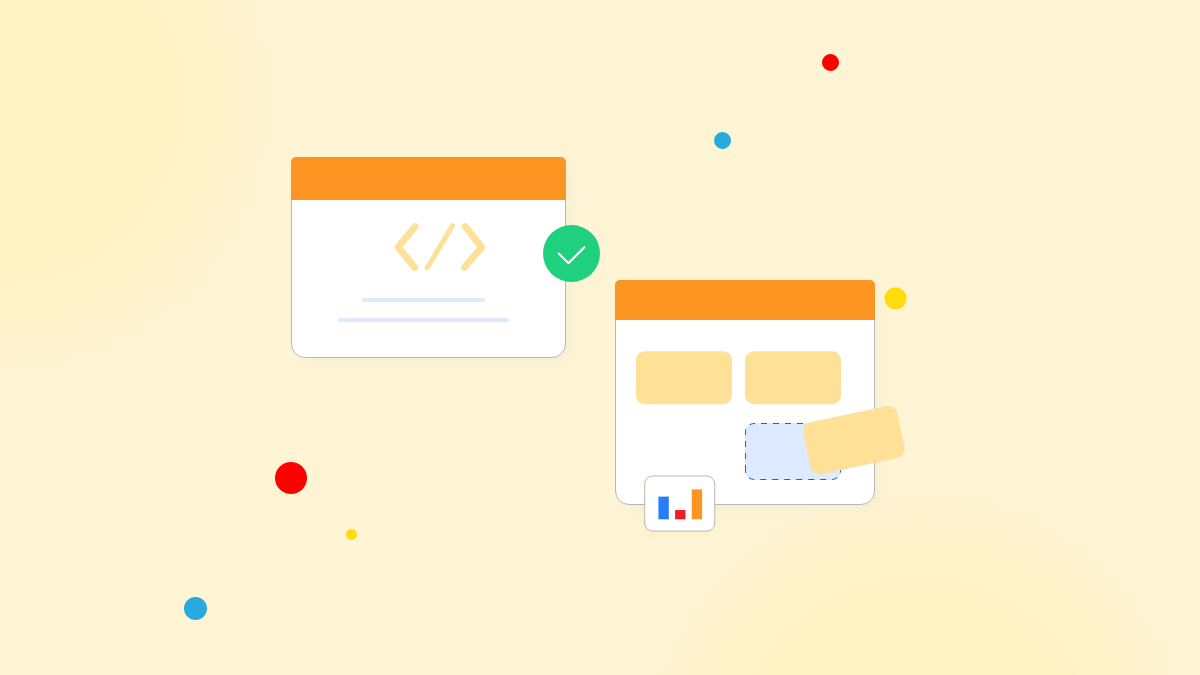Ever feel like you’re chasing papers more than you’re practicing law?
If you’ve worked in property transactions, you’re likely familiar with the chaos. Client calls for updates, banks chasing missing documents, and teams juggling files through emails, Excel sheets, and WhatsApp. For many legal teams, conveyancing still feels like a guessing game.
At the same time, legal compliance, strict timelines, and client trust are all on the line. One small misstep can lead to costly delays or lost opportunities. Even so, many firms still depend on outdated, manual processes to manage these high-stakes transactions.
This is where no-code workflow automation steps in. By simplifying processes and reducing errors, it is transforming how law firms, developers, and project managers handle conveyancing. The result is greater clarity, consistency, and control.
What’s Broken in Traditional Conveyancing?
Legal conveyancing is complex by nature—each transaction involves dozens of steps, documents, and approvals. But the way most firms manage this process hasn’t evolved in decades.
A study by WNS found that 66% of homebuyers believe the process is too slow and complicated, and 63% described it as stressful (WNS, 2025). That stress often trickles down to the legal teams too.
Tasks like chasing client signatures, stamping documents, and coordinating with banks still happen via email or physical folders. There’s no standardized system. No clear visibility. And no built-in compliance guardrails.
Enter: No-Code Workflow Automation
Instead of coding custom software (which is expensive and slow), no-code platforms like Planally let legal teams digitize their entire workflow—without writing a single line of code.
These platforms offer a visual, flexible, and fast way to work. They allow you to map the entire conveyancing process from start to finish, including tasks, approvals, document uploads, and real-time status tracking.
But what does that actually look like in day-to-day work? Let’s take a closer look.
A 6-Phase Automated Conveyancing Workflow
Planally helps legal firms and developers structure their conveyancing projects into clear, trackable phases. Below is a real-world model tailored for property transactions, covering everything from signing the SPA to final perfection of documents.
 Phase 1: Initiate the Deal
Phase 1: Initiate the Deal
- Sign the Sale and Purchase Agreement (SPA)
- Collect buyer information and identification
- Retain original SPA
- Document loan application
- Upload Letter of Offer and Instructions
Phase 2: Stamp the SPA
- Submit SPA for stamping
- Upload the stamped copy
- Retain original and send stamped copies to developer and buyer
Phase 3: Prepare Loan Documentation
- Draft key documents (Facility Agreement, Power of Attorney, Statutory Declarations)
- Apply for letters like Disclaimer or Representation
- Schedule signing appointments
Phase 4: Execute and Stamp Loan Docs
- Sign loan docs with clients and bank
- Submit for stamping
- Register Power of Attorney
Phase 5: Bank Release Advisory
- Advise bank on document readiness
- Collect confirmations
- Update status in workflow with stamped and endorsed docs
Phase 6: Final Transfer & Perfection
- Transfer of title
- Charge registration
- Issue Strata Title (if applicable)
- Closeout the project instance
With each phase managed digitally, your team can move faster—with a full audit trail and document history attached to each task.
Why It Works: Real Conveyancing Benefits for Legal Teams
You don’t need to take our word for it. Real data backs this shift.
According to Clio, automating admin work lets legal professionals focus more on billable tasks (Clio, 2024).
The Access Group notes that digital conveyancing improves both internal efficiency and client transparency (The Access Group, 2024).
Denovo reports law firms cutting task times in half when automating repetitive work (Denovo, 2024).
The results?
- ✅ Faster turnaround
- ✅ Fewer missed steps
- ✅ Happier clients
- ✅ Lower risk of non-compliance
How to Get Started: It’s Easier Than You Think
The best part? You don’t need IT skills or a custom app.
With a no-code platform like Planally, you can:
- Build a Custom Workflow: Drag and drop your actual conveyancing steps into a digital roadmap.
- Assign Roles and Tasks: Control who does what, and when.
- Standardize the Docs: Use templates with auto-filled client data.
- Track Everything: From document uploads to approvals, everything is visible and timestamped.
- Improve Continuously: Tweak phases as needed when your firm or regulatory needs evolve.
And since it’s cloud-based, you can work from anywhere—office, home, or even court.
The Bottom Line
The question is no longer whether conveyancing will go digital. It’s a matter of when—and whether your team will lead the shift or fall behind.
Manual conveyancing processes are often slow, error-prone, and no longer fit for today’s pace of work. With no-code workflow automation, you can digitize, streamline, and scale your legal operations without needing to start from scratch.
The next time a client asks for a missing document, or a team member says, “sorry, I thought it was done,” take a moment to reflect.
Isn’t it time to move beyond the paper chase?
Explore Planally and get started today!




